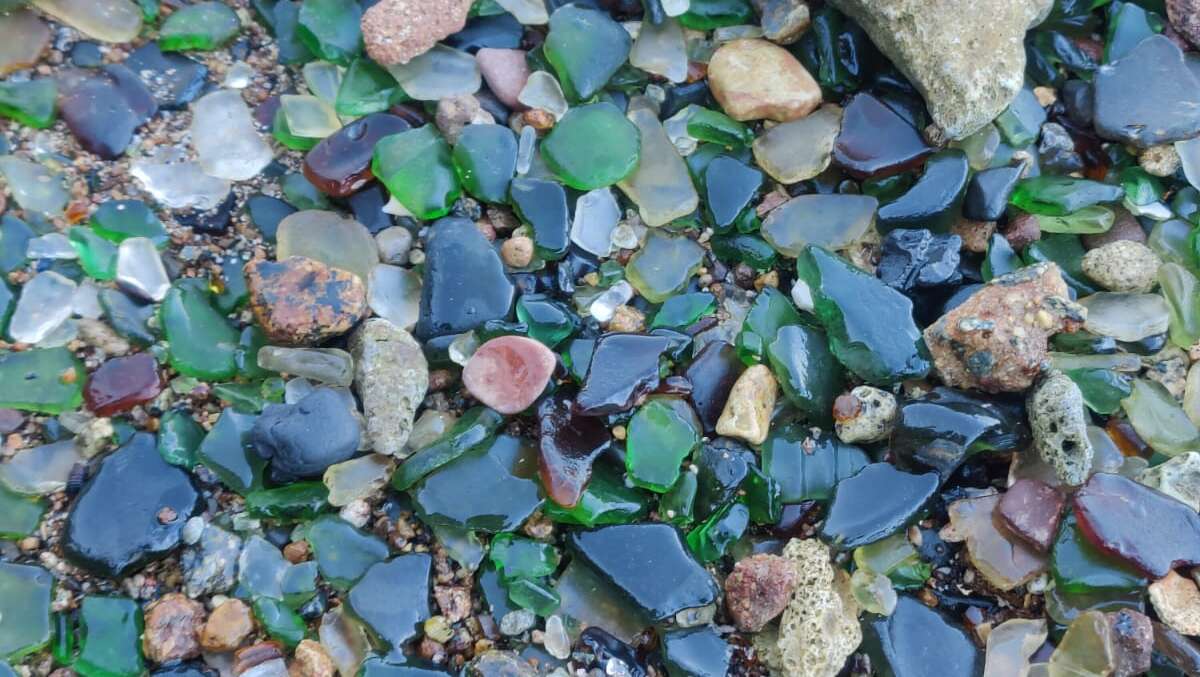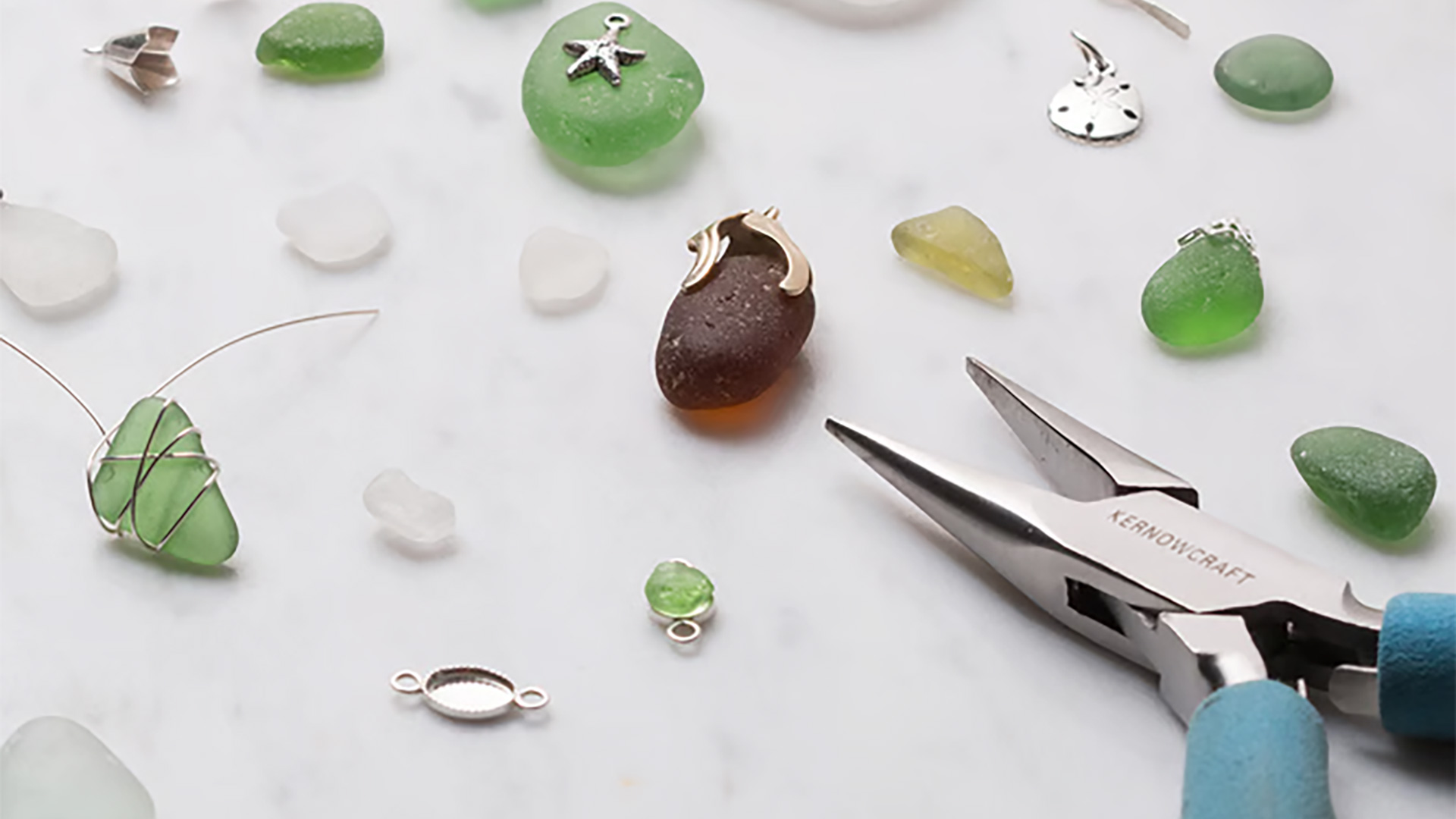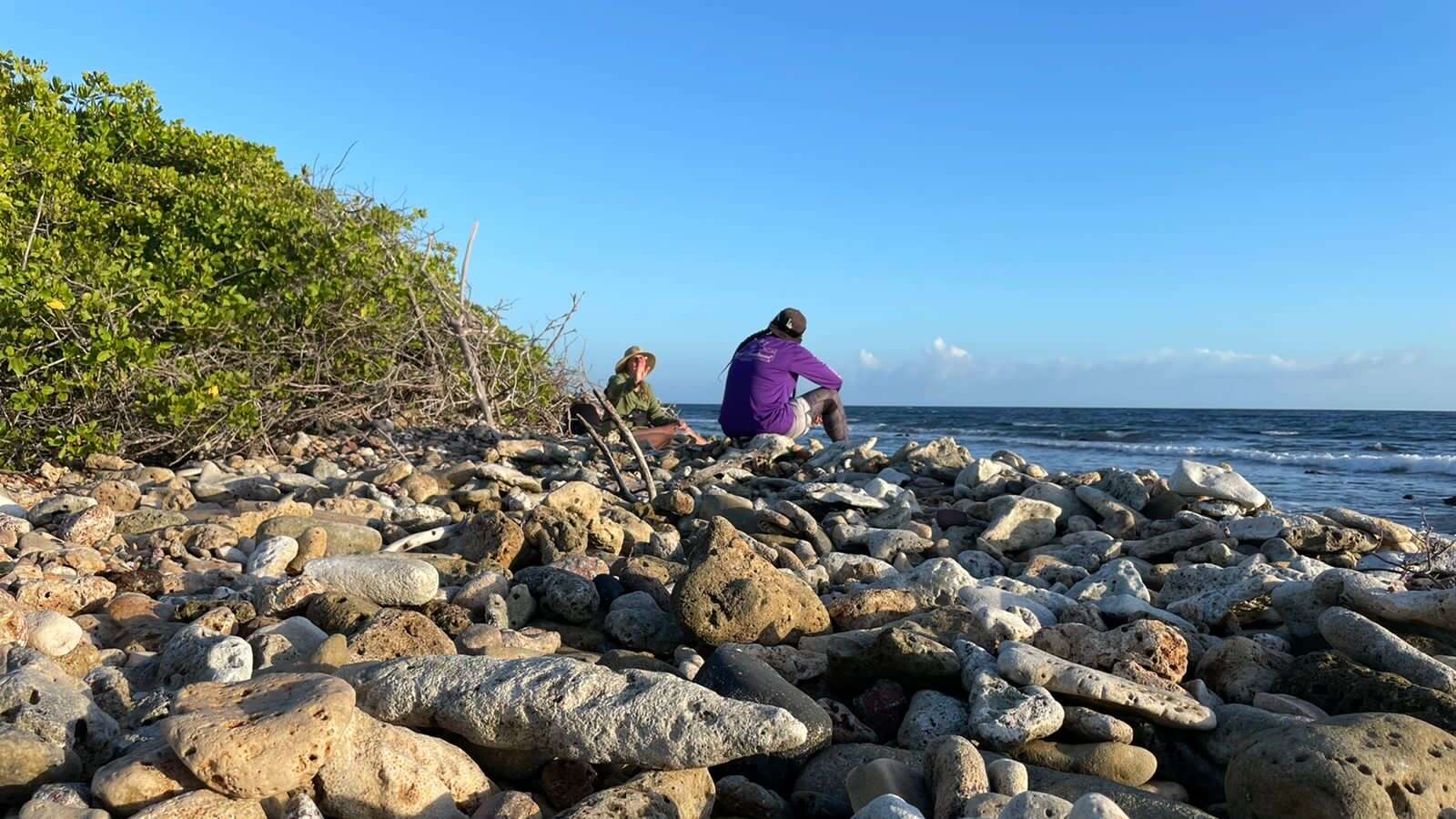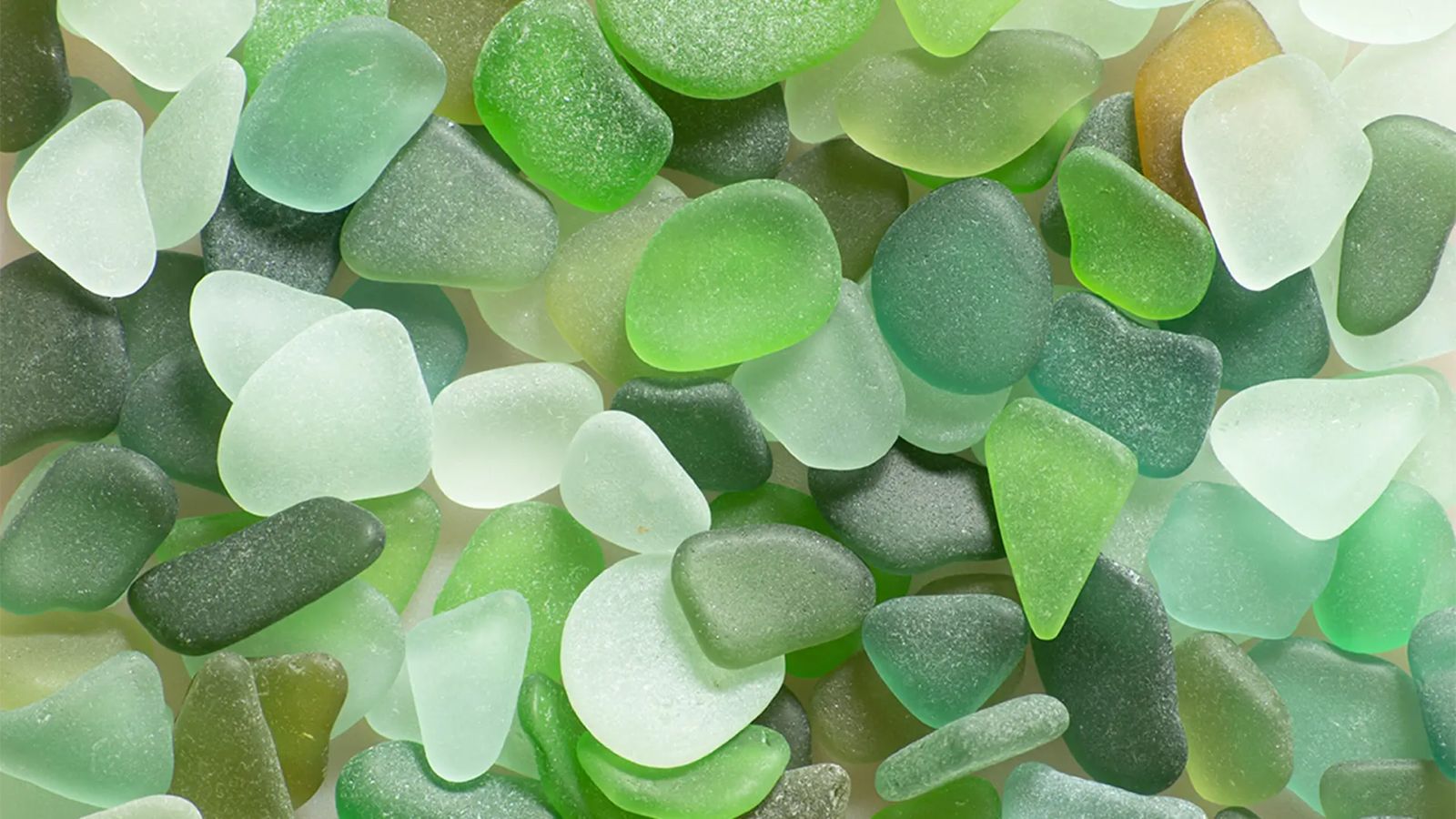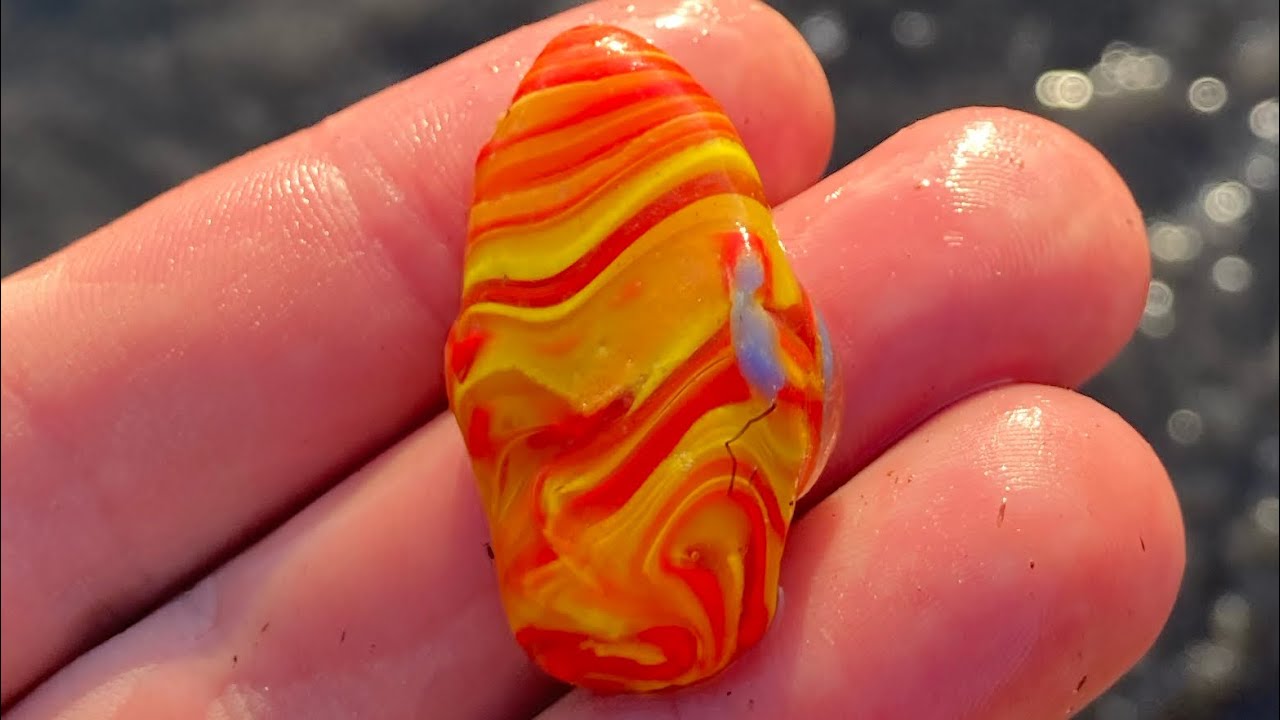
How to Spot Rare Colors in Sea Glass
Some people walk a beach and see only sand.
But others – the ones who slow down, scan the tide line, and know what to look for – they see treasure.
If you’ve ever found a piece of deep cobalt blue or soft lavender sea glass, you know the feeling:
rare colors hit different.
Whether you’re a beginner or seasoned beachcomber, here’s your complete guide to spotting rare sea glass colors, how to recognize them, and where your best chances are (hint: one magical island is at the top of the list ).
What Makes a Sea Glass Color “Rare”?
Not all sea glass is created equal.
While green, brown, and clear are common (thanks to soda bottles and beer), colors like red, orange, turquoise, and purple are considered rare due to their original sources and limited production.
The rarest colors often come from:
- Old apothecary and medicine bottles
- Antique tableware and stained glass
- WWII ship lights and signal lenses
- Perfume bottles and decorative glass
- Pre-1900s blown glass
And the older the glass… the longer it’s been in the sea… the smoother and more frosted it gets.
Tips for Spotting Rare Colors Like a Pro
- Hunt During Low Tide (Especially After Storms)
Storms churn up the sea floor and bring new treasures ashore.
Go right after the waves settle – that’s when fresh, untouched glass is most likely to appear.
- Walk Against the Sunlight
This is a trick used by seasoned collectors:
Walk with the sun behind you so the light hits the glass and makes it pop against the sand.
It’s easier to spot purples and soft seafoam when they glisten.
- Scan the Wrack Line (Where Debris Collects)
Sea glass tends to gather where seaweed, driftwood, and shells pile up – especially near rocks or cove inlets.
The edges of tide pools and rock crevices are gold mines.
- Know Your Hues
- Cobalt Blue = old Noxzema jars, Vicks bottles
- Turquoise = Depression-era glass
- Lavender = clear glass with manganese (sun turns it purple)
- Red = tail lights, ship lanterns – ultra rare
- Orange = Holy Grail – less than 1 in 10,000 pieces!
- Go Where It’s Not Overpicked
Popular beaches get picked clean.
Your best chance? Remote, local beaches or islands where few people hunt.
Like… say… a place you can only reach by kayak tour in Aruba?
Yeah, we know a spot.
Why Aruba is a Hidden Paradise for Rare Sea Glass
Unlike Fort Bragg or Seaham (where tourists flood the beaches), Sea Glass Island Aruba is untouched, wild, and full of surprises.
The currents here bring in glass from decades of ship traffic and island trade, and our guests regularly find:
- Purple and lavender glass
- Vibrant turquoise and teal
- Amber and even pale orange
And the best part? You don’t have to guess where to go.
Our kayak guides take you straight to the sweet spots – where the rare colors wait just beneath the tide line.
Final Thoughts: Patience + Practice = Rare Beauty
Finding rare sea glass isn’t about luck.
It’s about slowing down, training your eyes, and knowing where (and when) to look.
The ocean has its rhythm – and when you match it, you begin to see the magic.
So whether you’re walking your local beach or paddling with us in Aruba, remember:
The rarest pieces show up for those who truly look.
Ready to Hunt the Rainbow?
Join our guided kayak tour to Sea Glass Island Aruba, where rare colors and ocean adventures go hand in hand.
[Book Your Tour]
[FAQ]
[Sea Glass Colors Found in Aruba – Photo Gallery]

